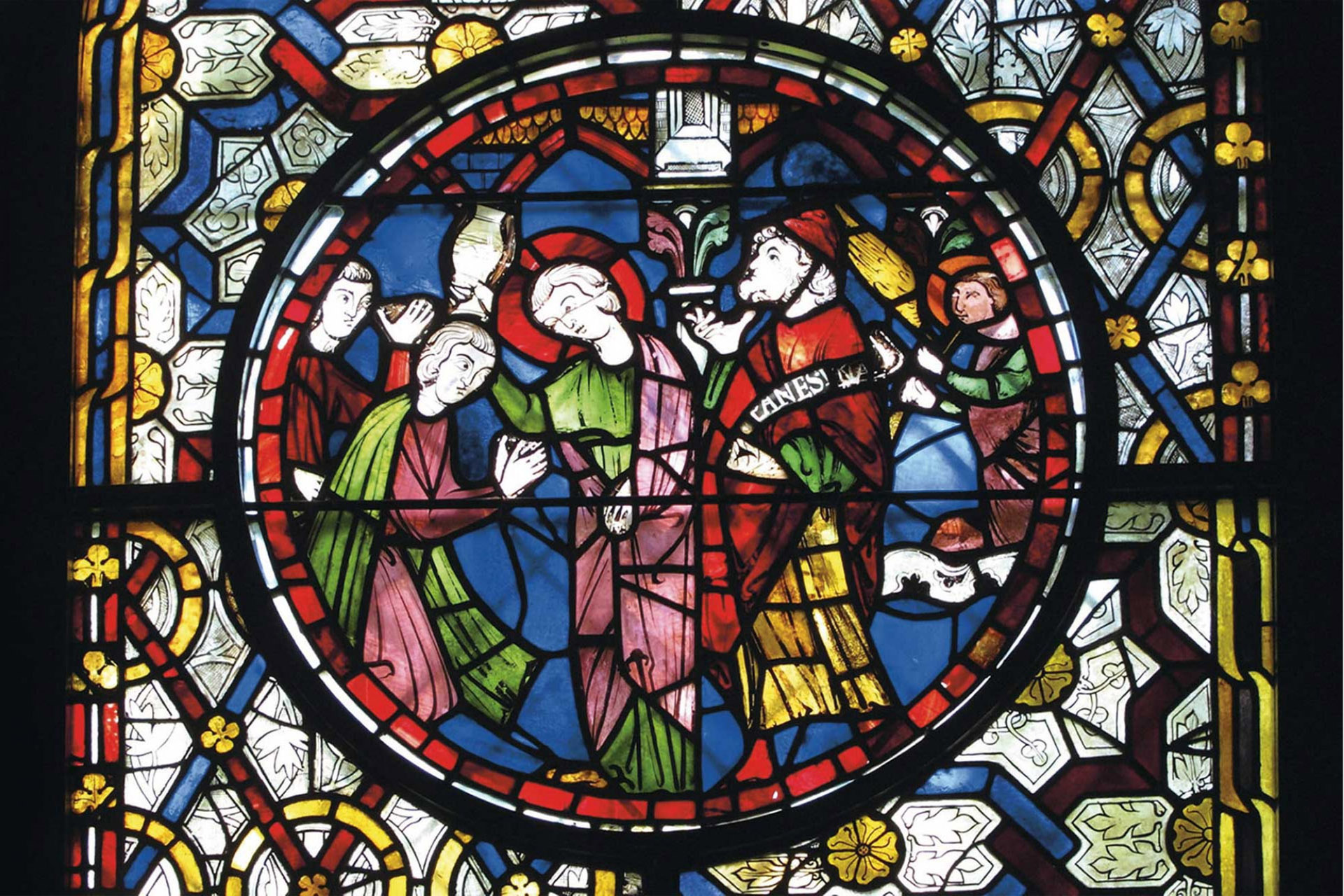As its highly successful first year draws to a close, the concluding event for the Material Witness programme 2013/14 will take place at the Art Workers’ Guild on Tuesday 8th July.
The event will celebrate a year of material witnessing, organised by and for members of the CHASE Consortium with the generous support of the Arts and Humanities Research Council (AHRC). The programme has consisted of fifteen events led by more than thirty contributors, through which sixty doctoral and early career participants have explored materials, their meanings, and methods for investigating them. Material Witnesses’ first year of events have been as broad-ranging as:
- ‘The Work of Art in the Age of Digital Reproduction’ (a workshop to consider Walter Benjamin’s influential essay);
- ‘Sourcing Stone’ (a visit to the Albion Quarries at Portland);
- ‘Assessing Architecture at Canterbury Cathedral’ (a workshop led by the Canterbury Archaeological Trust)
- ‘Creating Visual Arts’ (a drawing masterclass led by the University of Kent’s Schools of Arts and Architecture)
- ‘Sculpture In Situ’ (a tour of City churches led by Dr Kim Woods a specialist in late medieval Netherlandish and English sculpture)
- ‘Sound as Artefact’ (a workshop exploring the music collections of The British Library)
- ‘Text as Object’ (a workshop examining printed books and pamphlets)
- ‘The Possibilities and Limits of Technical Art History’ (a two-day event at the Cortauld Institute)
Material Witness is a training programme that offers PhD students in the CHASE Consortium opportunities to learn about the tools, technologies and methods that are available for the examination of artefacts, as well as an interdisciplinary, cross-period forum to exchange ideas, questions, approaches and theories relating to material culture. The programme was founded by Alixe Bovey (of the University of Kent) and Susie Nash and Scott Nethersole (of the Cortauld Institute). Alixe Bovey explains, “We devised the programme partly because looking carefully at ‘things’ (buildings, paintings, manuscripts, scultpure, textiles and so on) is one of the most inspiring and important activities in our work as researchers and teachers.”
For more information about the Material Witness training programme, including event reports and images please visit the Material Witness blog.
